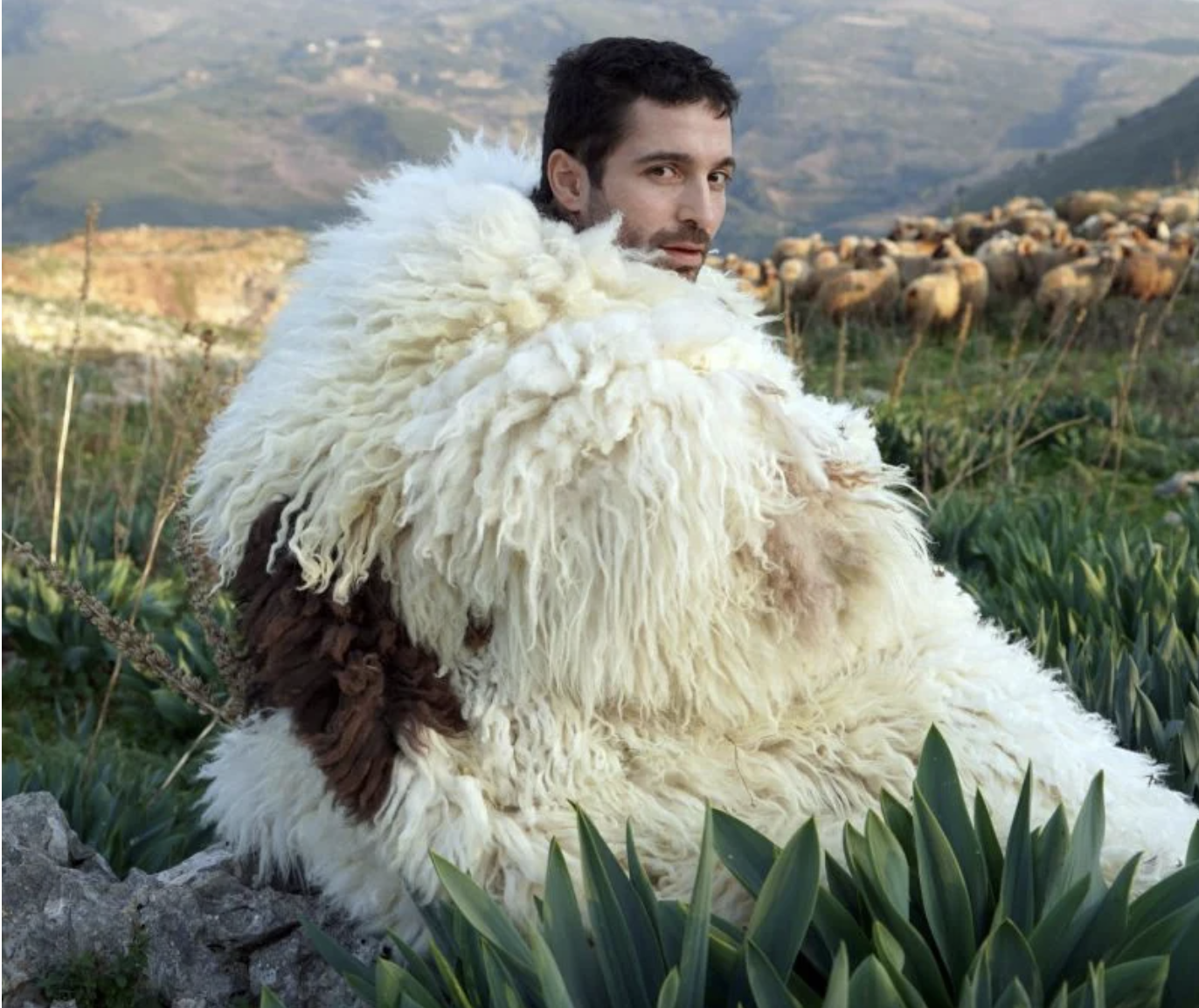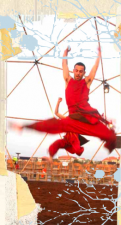The sheep of the Levantine and Middle East regions of Lebanon, Israel, Syria and environs are not like the sheep in New Zealand or New York. The Awassi sheep are a breed of their own. They are used for fashion, warmth and food. Their tail fat is used as a hearty seasoning in Bukharian food traditions and in maqluba. And when weaved, braided and spun, the Awassi is a wool like no other with memories of its place. Like the Babaa sweaters made in Spain.
A textile artist in Beirut explores the local sheep as culture and identity that he weaves into his creations.
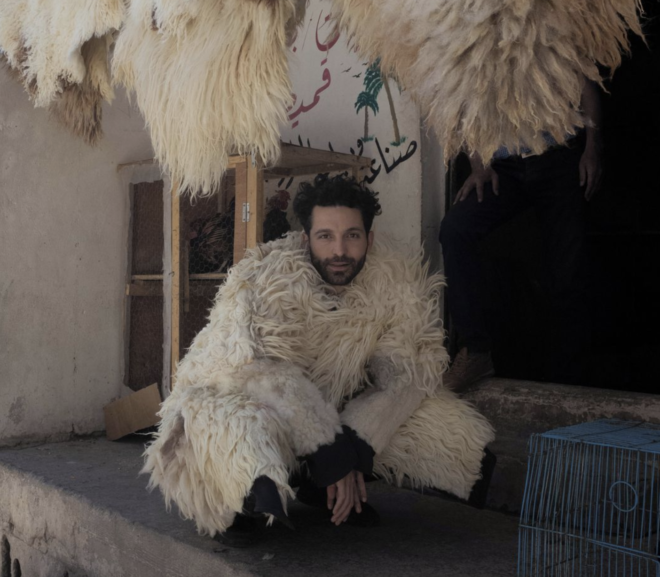
The Awassi is a local sheep breed in South-West Asia originated in the Syro-Arabian desert. Other local names can also be Arab, Baladi, Deiri, Syrian, Ausi, Nuami, Gezirieh, or Ivesi. It is a fat-tailed type and is multi coloured: white with brown head and legs. The ears are long and drooping.

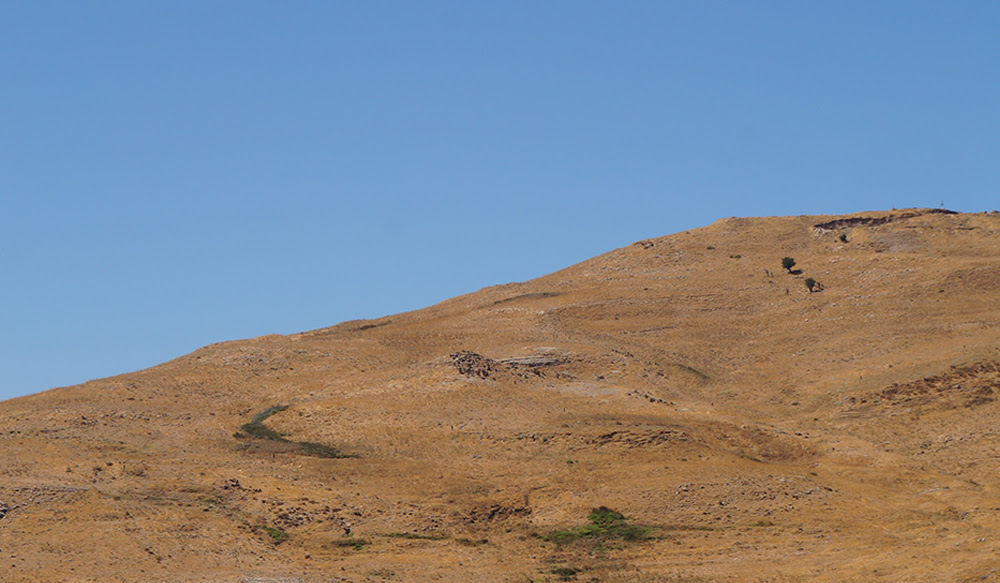
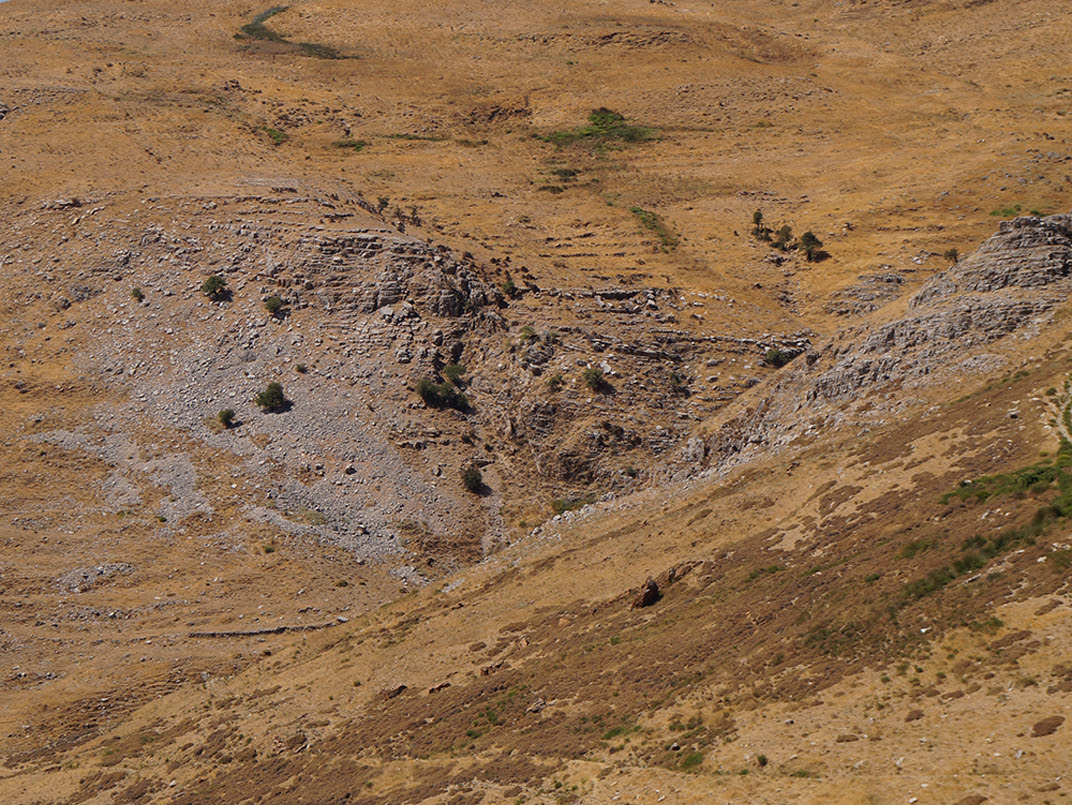
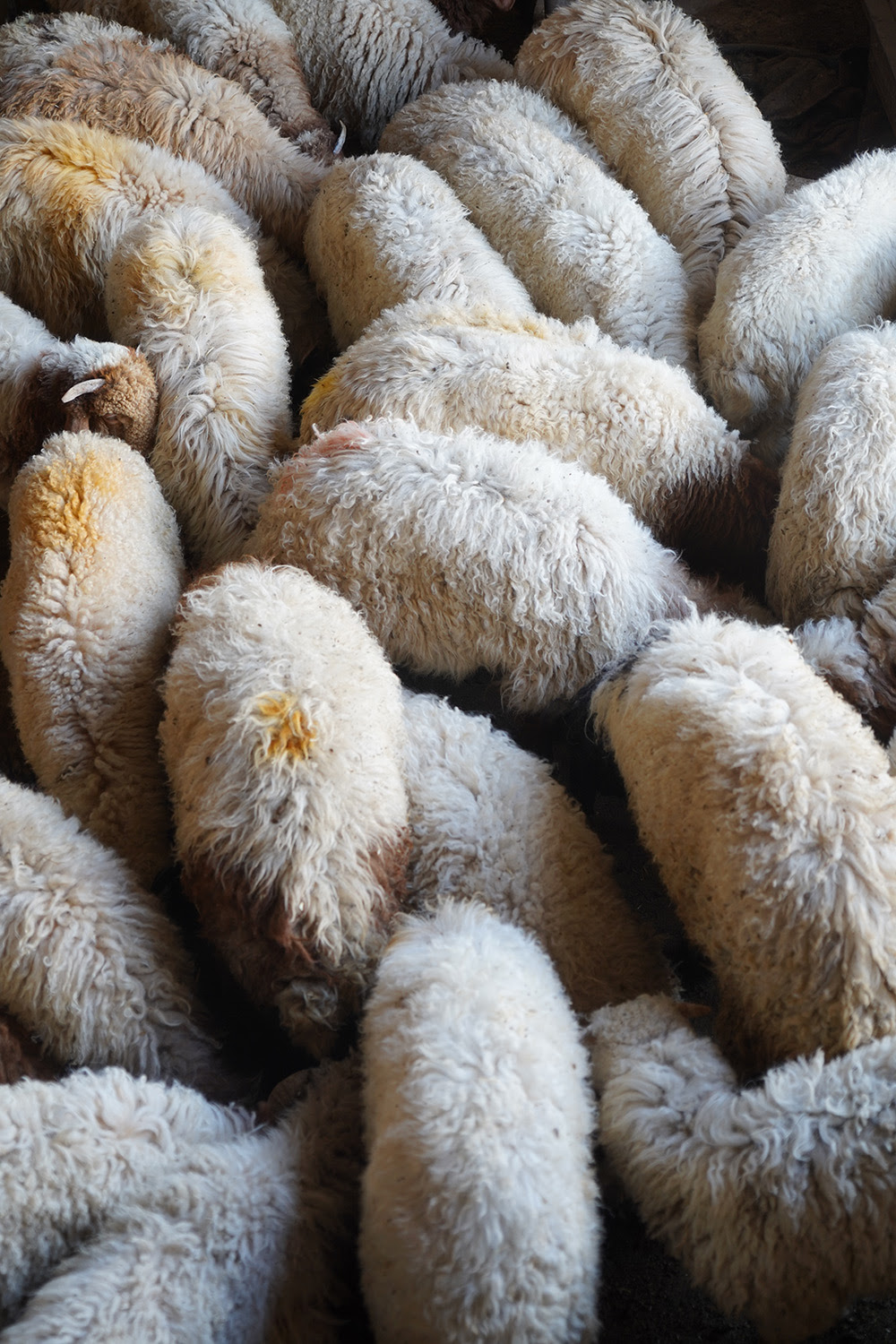
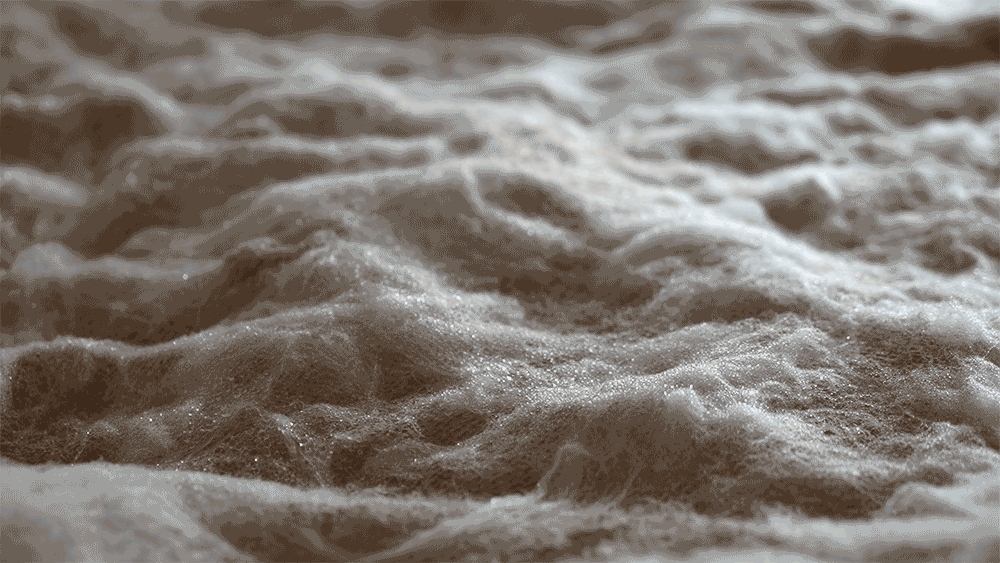
A local Levantine artist Adrian Pepe in Beirut, Lebanon explores the ancient textiles produced in the Levant region from the sheep. He works to unearth ancient craft practices and to weave into them a contemporary message.
Throughout his work, he performs a sort of creative shadowgraphy, crafting objects and experiences as tools to enable an open discourse on materiality, our morphing cultural landscape, and our present condition.
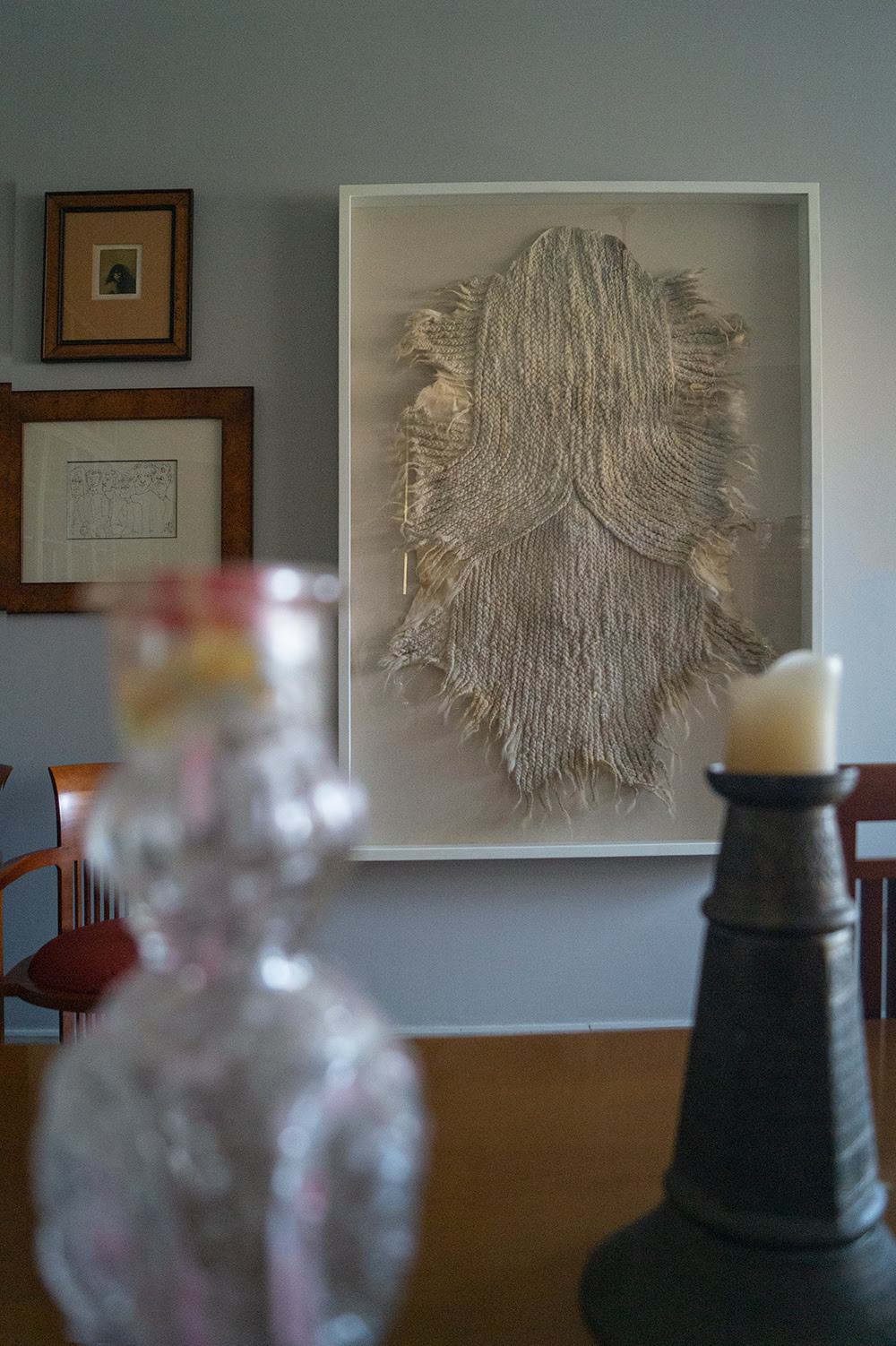
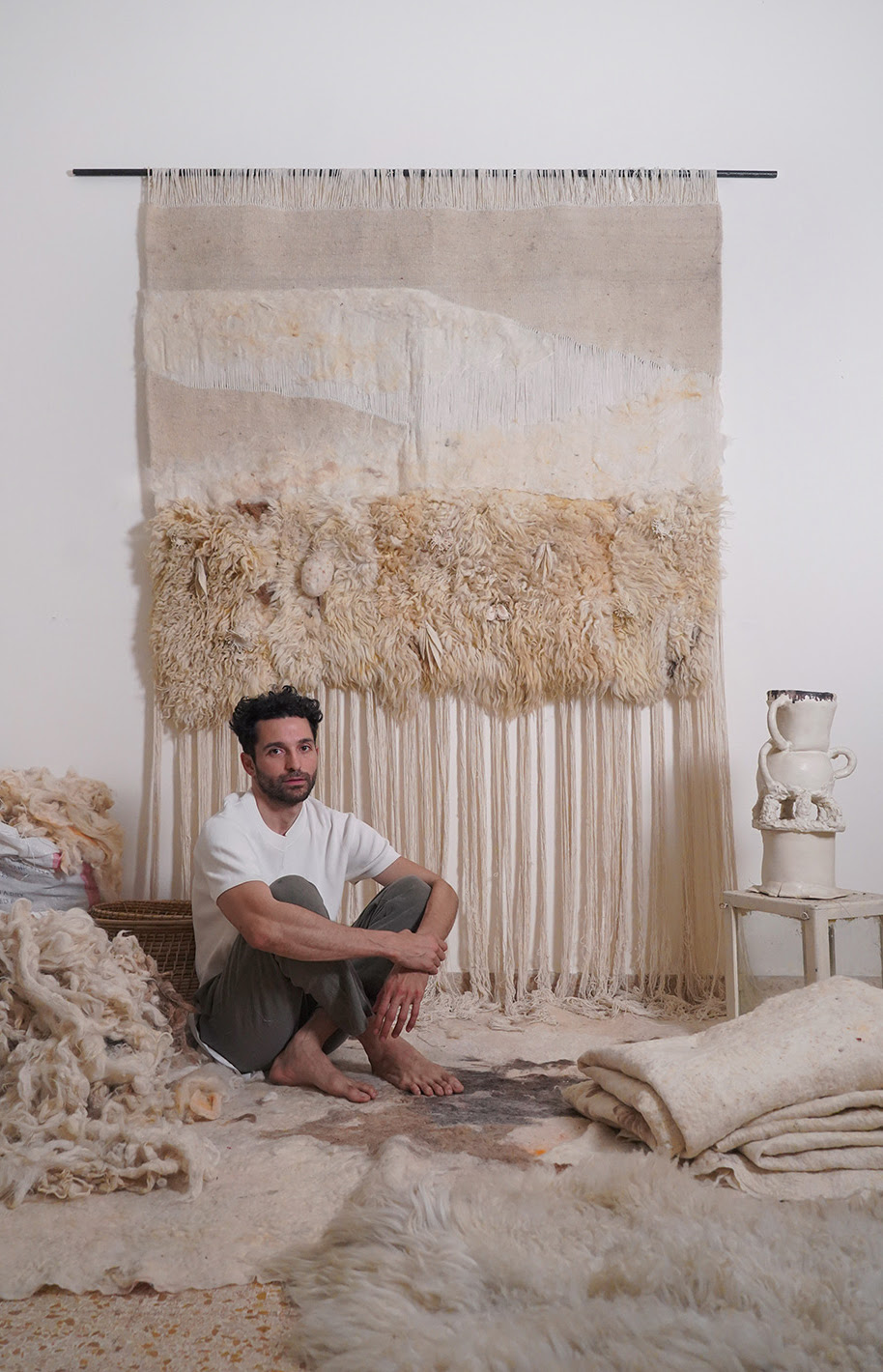
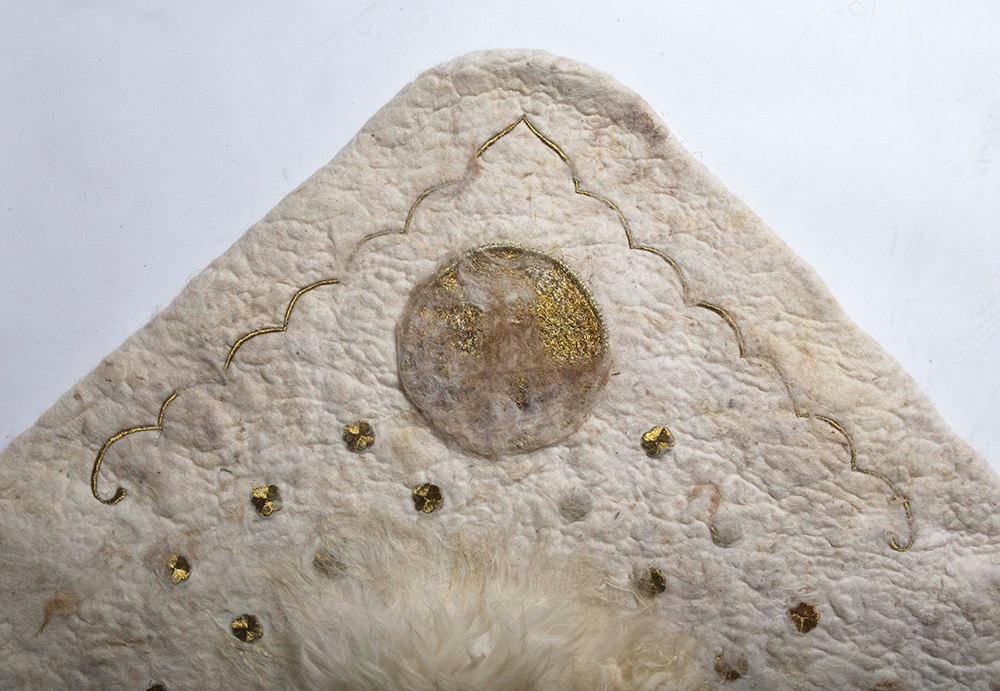
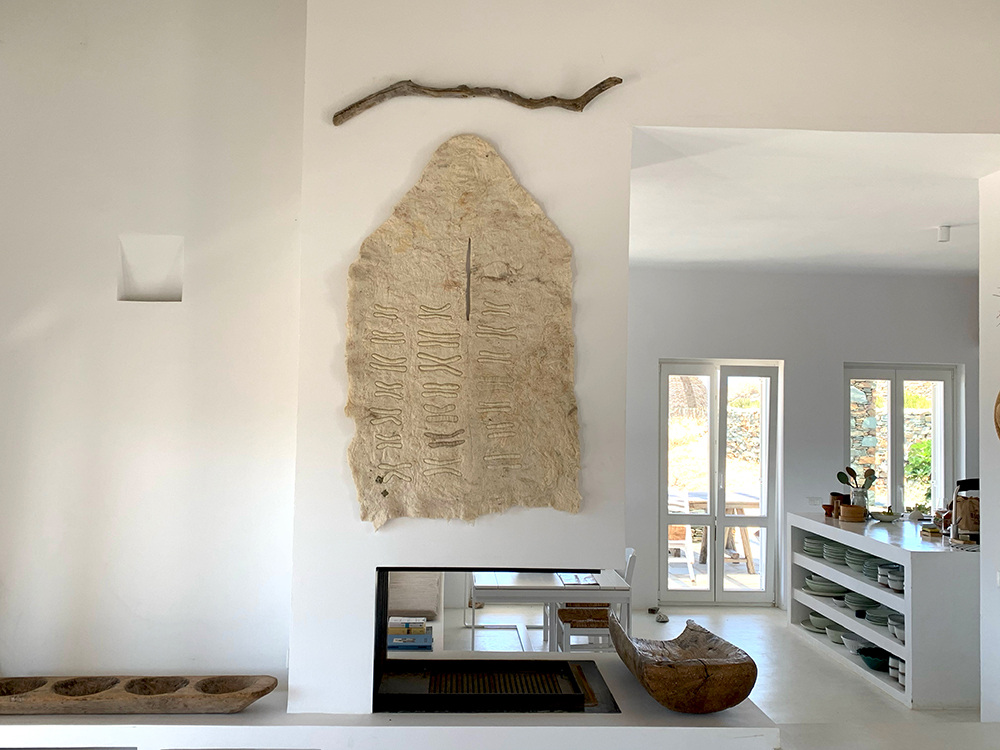

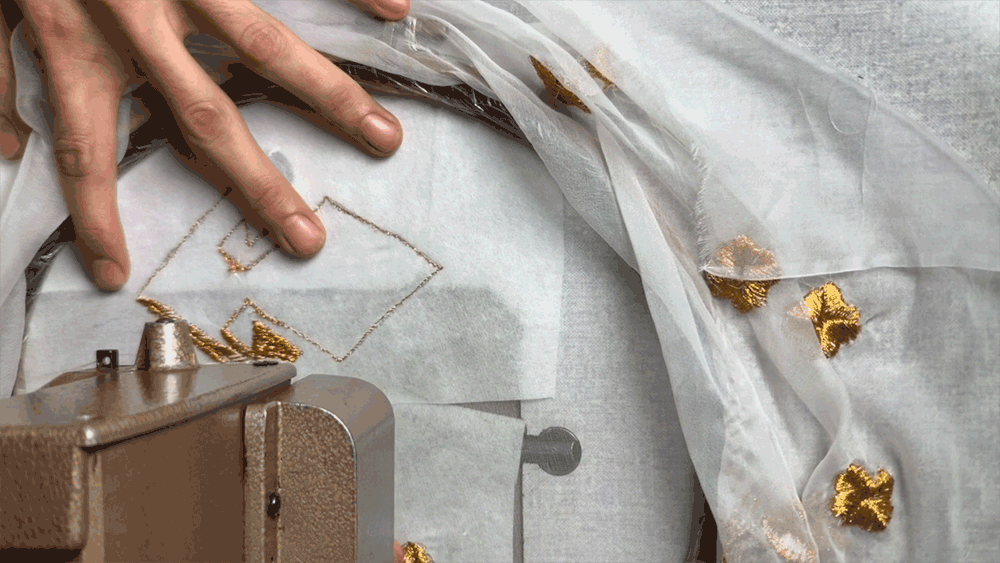
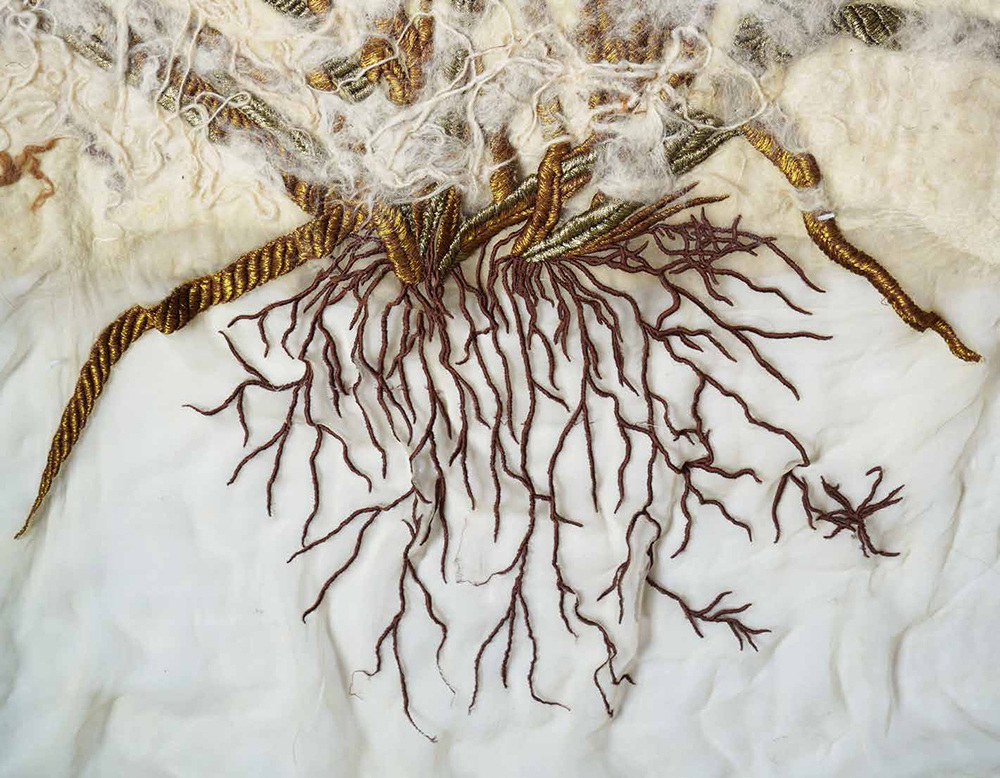
This body of work begins with an ancient animal: the Awassi sheep, bred in the Levantine region for over five-thousand years. This particular breed of sheep is a central figure in the human narrative, traditionally within the contexts of biblical fables and ritualistic practices of Abrahamic religions.
Through the process of spinning, weaving, braiding, and felting, the wool is transformed into artefacts laden with perspiration and emotions, mythologies and symbolism.

It is an “intimate association that transpires between the craftsperson and the crafted object, as the raw material becomes large scale tapestries that summons themes of trans-corporeality and biocentrism,” says Pepe, who has also worked with human hair.
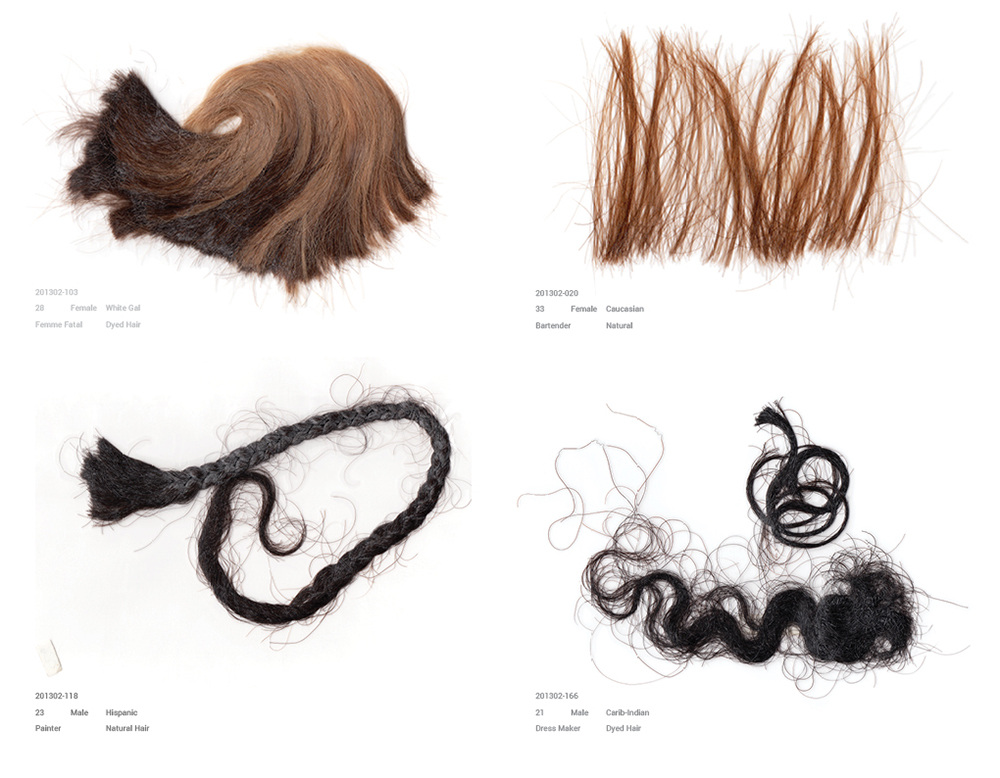
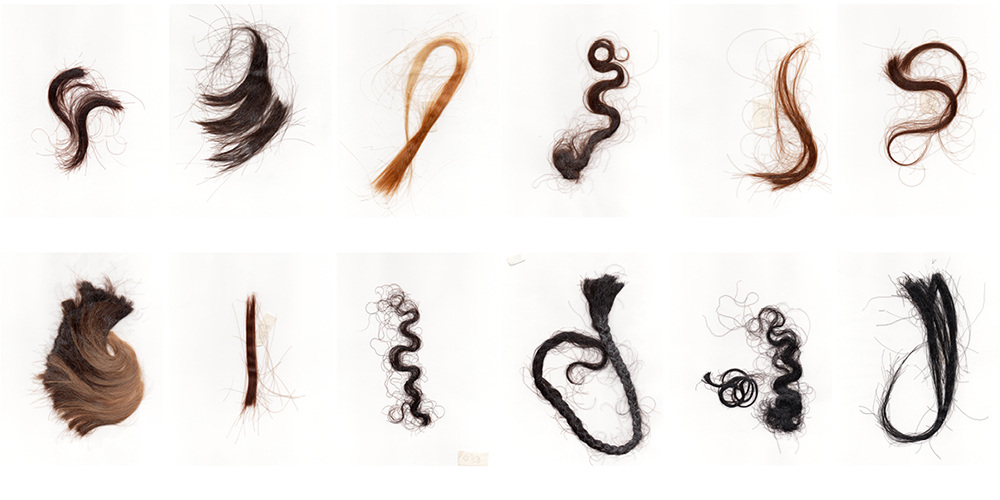
The Lebanese have a strong desire to promote local craft. After the explosions in Beirut, see how it banded craftsmen and women together.
Adrian Pepe’s work was displayed at Dubai Design Week earlier in November, 2021. You can also find him here.

